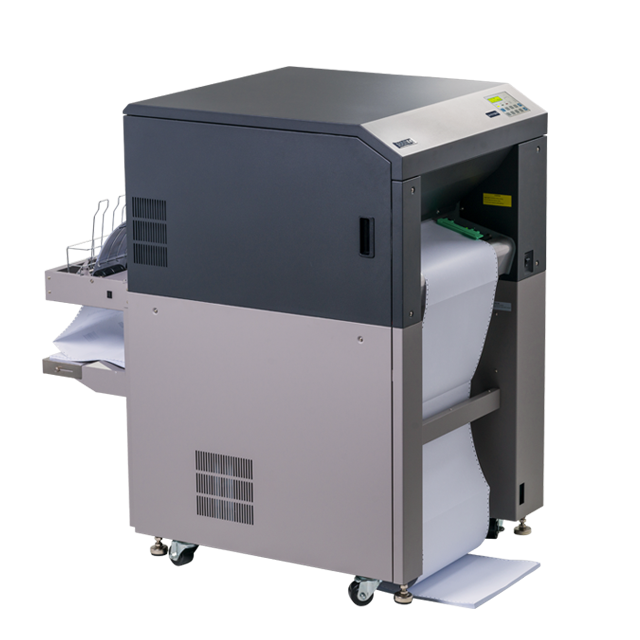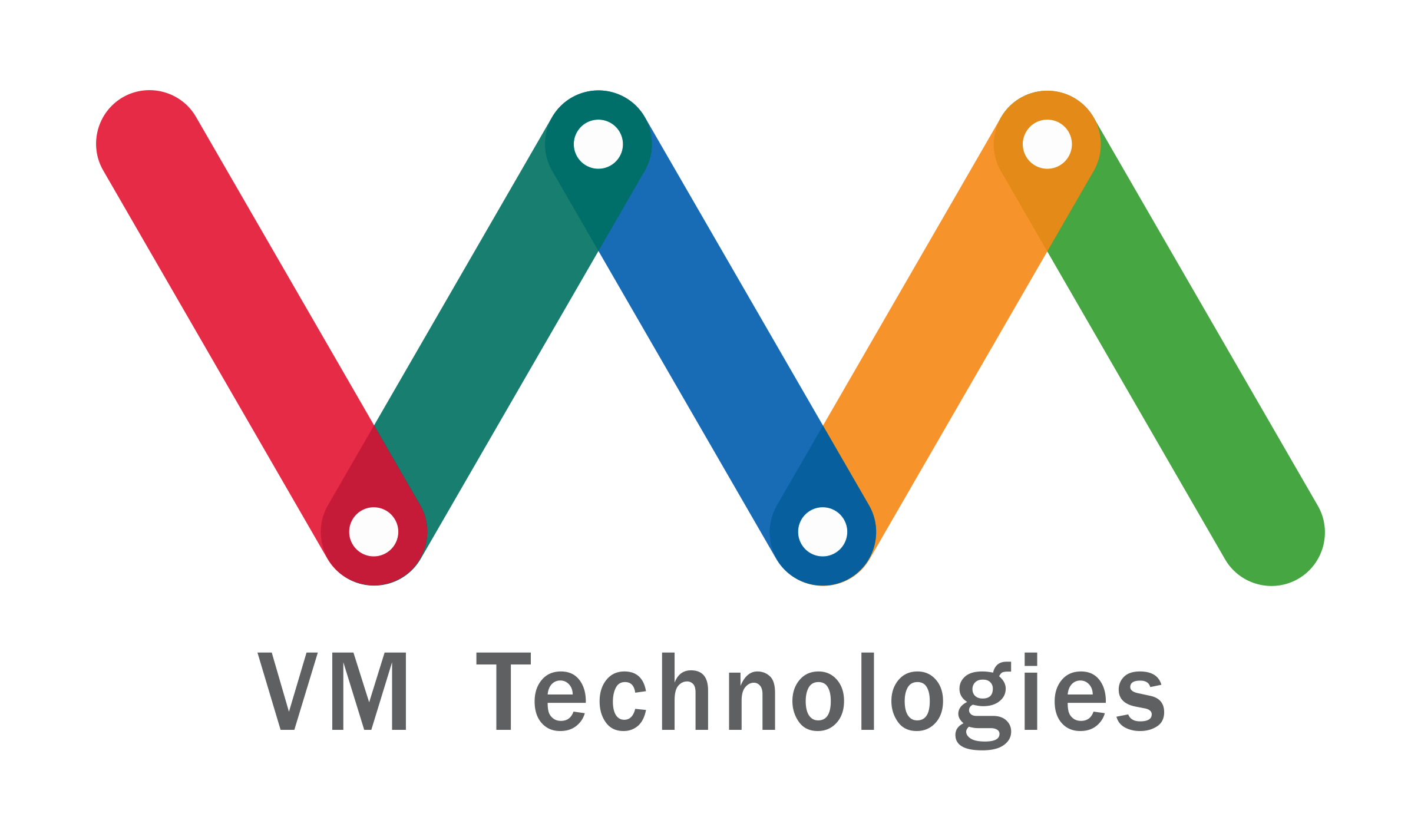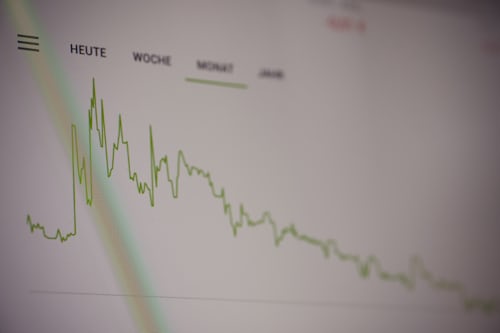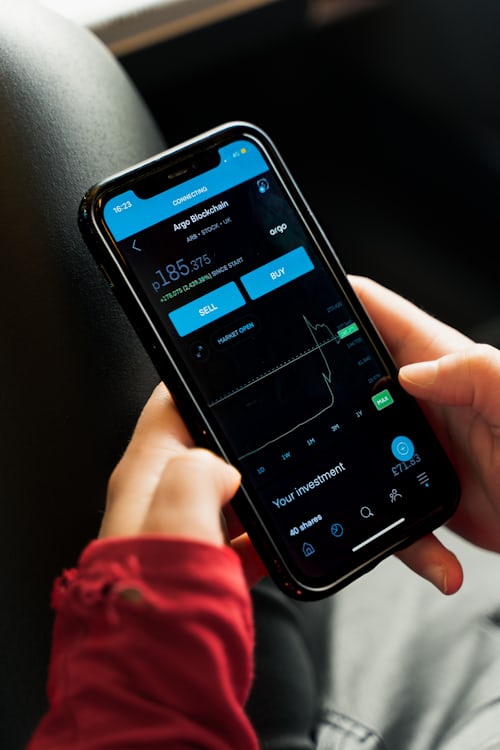Fixed assets: Important for companies and investors
In order for companies to determine their operating capacity, they also need to know their fixed assets. For investors, in turn, it is important to know about fixed assets in order to be able to assess the risk of an investment. The same applies to banks that grant business loans. This guidebook explains all the central aspects of fixed assets and explains the details in an easy-to-understand manner.
Fixed assets are basically all assets used by a company on a long-term basis. As a rule, all items used for longer than one year are considered fixed assets. Together with current assets, fixed assets form the total assets of a company.
Components
- Intangible assets: This category includes licences, property rights or advance payments.
- Tangible fixed assets: These include tangible assets such as real estate or machinery.
- Financial assets: These items can be intangible, but are treated separately. They include securities, shares or company participations.
Companies thus have the opportunity to actively invest in their fixed assets, for example by acquiring shares or real estate and other tangible property.
This is why fixed assets are important for companies
As a component of total assets, fixed assets express how operational a company is. For the company management itself, the assets are therefore important in order to be able to operate or invest with Exness in the long term.
On the investor or customer side, solid fixed assets increase security. At the same time, the amount of fixed assets also says something about the value of a company. For example, if a company owns a lot of real estate, securities and licences, the value of the fixed assets can be increased significantly.
A high level of fixed assets is usually an advantage when granting loans, as it represents important collateral for the banks or other creditors. However, too many fixed assets can be disadvantageous for investments because they represent capital that is tied up in the long term.
Depreciable and non-depreciable fixed assets
Fixed assets are shown in the balance sheet. In principle, a distinction is made between depreciable and non-depreciable fixed assets. The assets then consist of corresponding fixed assets in each case:
- Depreciable fixed assets: These assets are formed by fixed assets that can be depreciated for tax purposes over a certain useful life. These are usually vehicles, machines, buildings or software. Patents are also part of the depreciable fixed assets. Fixed assets consist of intangible and tangible assets.
- Non-depreciable fixed assets: This part of the fixed assets consists of land or financial assets such as securities. These items cannot be depreciated.
A further distinction can also be made between movable and immovable fixed assets.
- Movable fixed assets: These are the tangible fixed assets that can be registered in an inventory. These include, for example, machinery or spare parts as well as office equipment or furniture of business premises.
- Immovable fixed assets: This category includes real estate, fixed parts of buildings or built-in equipment such as telecommunications equipment that is not intended for production.

Inexpensive to purchase, inexpensive to operate: the SOLID F40 is the most economical printer in its class. As a continuous laser printer for
medium printing volumes it covers a very broad spectrum of deployment areas. The powerful Microplex Controller guarantees connection versatility,
easy system integration and high printing performance. Cold fusing via Xenon flash lamps also enables thermally sensitive materials
such as plastic or PVC to be used. And fusing is also trouble-free even on thick materials.
-
Most economical cold fusing printer on the market
-
Prints on paper, PVC, plastic, etc.
-
USB, Ethernet (10/100 Mbit) as standard
-
Laser and matrix printer compatible
-
SAP with the standard PCL5e emulation
-
Perfect control via Status Out
-
Optional IPDS emulation making it the printer of choice for IBM solutions




